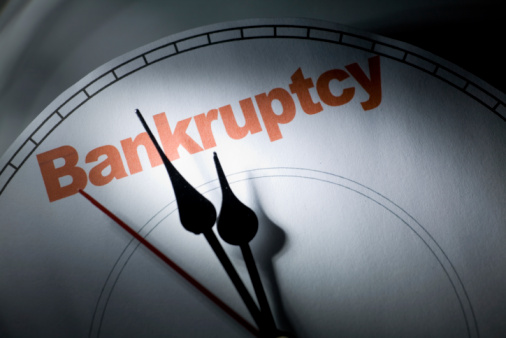Banking, finance, and taxes
Bankruptcy Plans for Big Banks Released
Published:
Last Updated:

Banks with non-bank assets greater than $250 billion filed their plans on how to resolve obstacles to bankruptcy resolution, including funding and liquidity, global cooperation, counterparty actions, multiple competing insolvencies and operations and interconnectedness. The full filings are available at the FDIC website.
Bank of America Corp. (NYSE: BAC), for example, noted that since the beginning of 2010 it has divested more than 20 noncore assets and generated $50 billion in liquidity and $11 billion in Tier 1 common equity. The sales have reduced risk-weighted assets by $58 billion, according to Bank of America.
Citigroup Inc. (NYSE: C) noted that it has “shrunk” by more than $700 billion in assets and has built up $389 billion in “high quality liquid assets,” and it maintains a Basel III Tier 1 common ratio of 10%.
J.P. Morgan Chase & Co. (NYSE: JPM) reported that it holds $147 billion in regulatory capital and another $278 billion in other sources of liquidity that it could use to absorb big losses. If the bank were unable to sell the assets of its various subsidiaries in a severe case, it says it could resolve its problems through divestitures or a rapid wind-down of its business.
Goldman Sachs Group Inc. (NYSE: GS) would sell its businesses and assets as quickly as possible, but if that proves impossible, the bank says it would be possible to liquidate a substantial majority of its assets.
One thing all these plans have in common is a sale of assets. But in the event of some kind of catastrophic meltdown, potential buyers could be very scarce.
The average American spends $17,274 on debit cards a year, and it’s a HUGE mistake. First, debit cards don’t have the same fraud protections as credit cards. Once your money is gone, it’s gone. But more importantly you can actually get something back from this spending every time you swipe.
Issuers are handing out wild bonuses right now. With some you can earn up to 5% back on every purchase. That’s like getting a 5% discount on everything you buy!
Our top pick is kind of hard to imagine. Not only does it pay up to 5% back, it also includes a $200 cash back reward in the first six months, a 0% intro APR, and…. $0 annual fee. It’s quite literally free money for any one that uses a card regularly. Click here to learn more!
Flywheel Publishing has partnered with CardRatings to provide coverage of credit card products. Flywheel Publishing and CardRatings may receive a commission from card issuers.
Thank you for reading! Have some feedback for us?
Contact the 24/7 Wall St. editorial team.